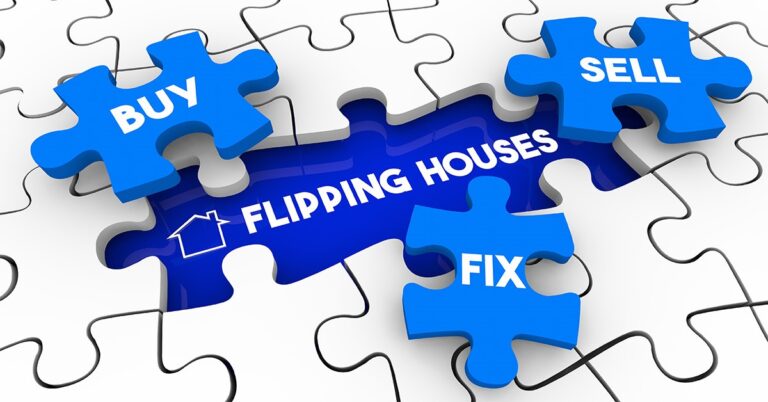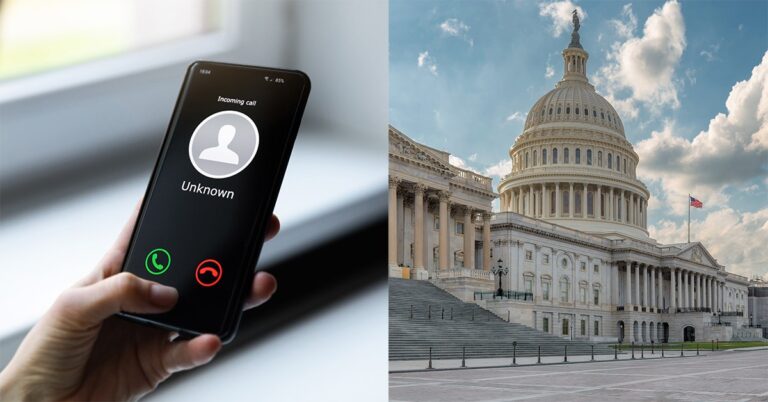With the most stringent pandemic-era lockdowns and restrictions likely a thing of the past, changing consumer behavior patterns drove the fortunes of the retail and industrial real estate sectors in August, according to MSCI Real Assets’ U.S. Big Picture Capital Trends Report.
With many Americans choosing not to leave their homes due to COVID-19, e-commerce sales jumped to a 16.4% share of all retail activity in second-quarter 2020. The pandemic-driven surge in online shopping helped fuel the ensuing boom in industrial real estate investment, with some months recording sales volumes of more than $10 billion. But with constraints on in-person shopping easing as the worst of the pandemic has moved into the rearview mirror, e-commerce sales receded to a 14.5% share by the second quarter of this year — with some investors reading the pullback as a harbinger of weakened industrial property demand.
Accordingly, sales of industrial assets plummeted 63% year over year to $5.6 billion in August. That’s still a relatively healthy figure, coming in second among major commercial property types by dollar volume (although it’s dwarfed by the multifamily sector’s $23 billion in deal volume for the month). But it’s a far cry from the heights logged by the industrial segment over the previous year.
Meanwhile, with spending growing at brick-and-mortar shops, investor optimism for retail has grown, and that optimism is chiefly focused on shopping centers. Sales of shopping centers were down 43% in August to $3.7 billion, fueling total retail property sales of $4.9 billion for the month (also down 43%).
The headline decrease looks sour at first blush, but it takes into account the one-time impact of the merger of real estate investment trusts Kimco Realty Corp. and Weingarten Realty Investors during the month. Looking past that transaction, sales of individual shopping centers were essentially flat year over year — which counts as positive news in a market with interest rates rising so sharply.
Of course, with the U.S. economy and the mortgage lending environment dealing with turbulence of late, year-over-year comparisons from 2021 could provide misleading signals for what lies ahead. Commercial asset sales have faced new challenges as financing costs rise.
Commercial mortgage rates have been slower to respond thus far to federal fiscal policy than residential loan rates. The average commercial loan rate through July was 5.6%, although MSCI reported that if pre-pandemic spreads between seven- and 10-year commercial rates and 30-year residential rates are any indication, commercial mortgage rates could move closer to 6.5%.








